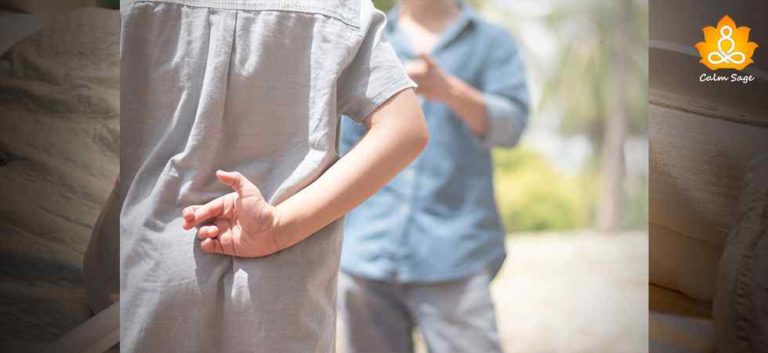An investigational, orally dissolving film formulation of dexmedetomidine (BXCL501, BioXcel Therapeutics) may offer rapid relief from acute agitation related to schizophrenia or bipolar disorder (BD), results of two phase 3, randomized, placebo-controlled trials show.

Dr Leslie Citrome
For both disorders, BXCL501 showed “superiority over placebo” by meeting the primary endpoint of reduction of agitation as measured by the excited component of the Positive and Negative Syndrome Scale (PANSS), study investigator, Leslie Citrome, MD, MPH, department of psychiatry and behavioral sciences, New York Medical College, Valhalla, New York, told Medscape Medical News.
The findings were presented at the virtual American Psychiatric Association (APA) 2021 Annual Meeting.
Noninvasive Option
Acute agitation in patients with schizophrenia or BD is often encountered in emergency departments (EDs) and inpatient units. When nondrug tactics fail to calm the patient, drug options include injectable antipsychotics or benzodiazepines. BXCL501 is a thin, orally dissolving film for sublingual or buccal use.
“Dexmedetomidine is a highly-selective alpha-2a receptor agonist and we haven’t really had one of those before in psychiatry for this purpose. And we haven’t had much in the way of orally dissolving thin films that are absorbed in the oral mucosa so this represents an opportunity to provide a potential intervention that does not require an injection and yet could possibly be of use in people who are agitated,” Citrome said.
The study, known as SERENITY I, included 380 adults (mean age 45.6 years, 63% male) with schizophrenia, schizoaffective disorder, or schizophreniform disorder, and acute agitation in the emergency department (total score ≥14 on the PANSS-Excited Component (PEC) scale at baseline and a score ≥ 4 on at least one of the five PEC items).
Patients were randomly allocated to a single oral dose of BXCL501: 120 mcg, 180 mcg, or placebo. A total of 372 patients (97.9%) completed the study.
Mean PEC total score was 17.6 at baseline. The mean change from baseline in the PEC total score at 2 hours (primary endpoint) was -8.5 and -10.3 with BXCL501 120 mcg and 180 mcg, respectively, versus -4.8 for placebo (P < .0001 vs placebo).
PEC response rates (≥ 40% reduction from baseline) were 80.6% and 89.6% with BXCL501 120 mcg and 180 mcg versus 47.6% with placebo (P < .0001 vs placebo).
Compared with placebo, significant improvement in the Clinical Global Impression-Improvement scale (CGI-I) was observed with both BXCL501 doses at 1 and 2 hours after dosing and in the Agitation and Calmness Evaluation Scale (ACES) at 2 hours postdosing.
The incidence of adverse events (AE) was 39.5%, 37.3%, and 15.1% with BXCL501 120 mg, 180 mg, and placebo groups.
All AEs were mild or moderate. The most common AEs with BXCL501 were somnolence, dizziness, dry mouth, hypotension, orthostatic hypotension, hypoesthesia, and paresthesia. No drug-related severe or serious AEs occurred.
Nipping It in the Bud
SERENITY II had a similar design. This study included 380 adults (mean age 48, 55% female) with bipolar I or II disorder and acute agitation in the ED (total score ≥ 14 on the PEC scale at baseline and a score ≥ 4 on at least one PEC item). A total of 362 (95.3%) of patients completed the study.
Mean PEC total score was 18 at baseline. The mean change from baseline in the PEC total score at 2 hours (primary endpoint) was -9.0 and -10.4 with BXCL501 120 mcg and 180 mcg, respectively, versus -4.9 for placebo (P < .0001 vs placebo).
Bipolar patients also saw significant improvement in the secondary outcomes of CGI-I and ACES, with a similar adverse event profile as seen in patients with schizophrenia.
BXCL501 demonstrated “rapid, robust and clinically meaningful efficacy” in both patient populations and represents a “novel, non-invasive and well-tolerated treatment of agitation,” the investigators conclude in their APA abstracts.
“Patients who are agitated are in psychic pain and they want relief from this psychic pain. We’re also worried that they might get worse and that agitation escalates to aggression potentially requiring restraints. We want to avoid that,” Citrome said.
“By nipping it in the bud with pharmacological intervention, we can ease their psychic pain and we can manage a potentially dangerous situation. Offering an oral medicine that would work quickly would be ideal in my mind and patients might potentially be more accepting of that than an injection,” Citrome said.
Based on the SERENITY I and II data, BioXcel Therapeutics has submitted a new drug application to the US Food and Drug Administration.
Negotiation First, Medication Second
Reached for comment, Samoon Ahmad, MD, professor, department of psychiatry, NYU Grossman School of Medicine, New York City, cautioned that, “when we talk about treating an agitated patient, medication is only part of the picture.”
“There is a negotiating process with the patient. Number one, you offer them an environment that is conducive to making them feel calm, safe and secure and that they are being listened to. Providing all of those things sometimes can be very helpful,” said Ahmad, who serves as unit chief of inpatient psychiatry at Bellevue Hospital Center in New York City.
“If someone starts throwing chairs at you or assaulting you, that is not really the time to negotiate a medicine; you basically have to restrain the patient, and many times give them intramuscular medicine,” Ahmad said.
He also noted that patients in the SERENITY trials had moderate-to-severe acute agitation.
“These are people you can potentially negotiate with. But again, when a patient crosses a certain line, you have to immediately do something and that could be an intramuscular injection or something oral, which they may spit right in your face, which has happened numerous times,” Ahmad said.
“I don’t think intramuscular options will ever go away but an oral agent could be a useful tool as well,” said Ahmad, founder of the Integrative Center for Wellness in New York City.
He cautioned that clinicians are not going to be using this medicine in their offices. “If a patient walks in and is floridly psychotic, you will need to call 911. We’re really talking about its use either in the ED or acute inpatient setting,” Ahmad said.
American Psychiatric Association (APA) 2021 Annual Meeting. Presented May 1, 2021.
The SERENITY studies were funded by BioXcel Therapeutics. Several authors have financial relationships with the company. Ahmad disclosed no relevant financial relationships.
For more Medscape Psychiatry news, join us on Facebook and Twitter.



